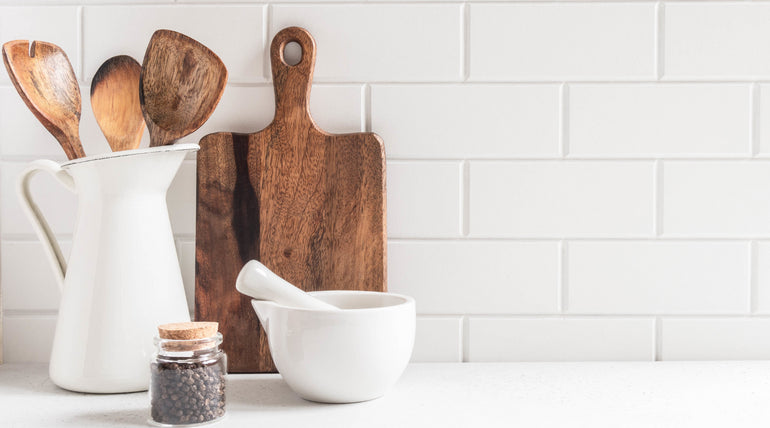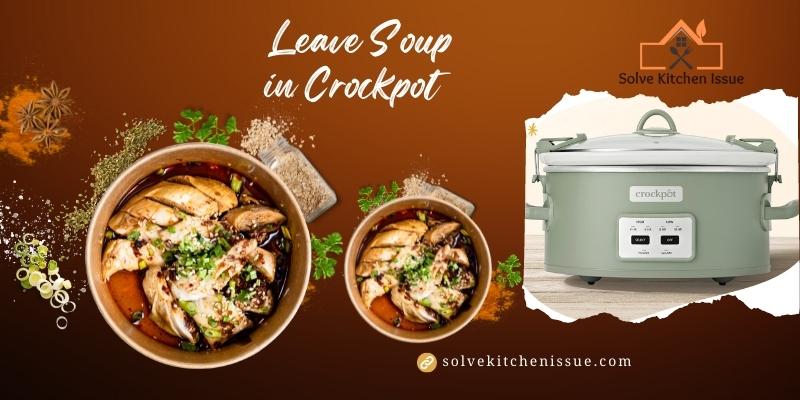As the popularity of air fryers continues to soar, many people are wondering if they can achieve similar results using their existing convection oven. The answer is yes, you can air fry in a convection oven, but there are a few things to keep in mind.
How Air Fryers and Convection Ovens Work
Both air fryers and convection ovens use a fan to circulate hot air around the food, which cooks it more evenly and quickly than a traditional oven. This results in crispy exteriors and juicy interiors, similar to deep-frying without all the oil.
Benefits of Using a Convection Oven for Air Frying
Versatility: Convection ovens can be used for a variety of cooking tasks, including air frying, baking, roasting, and broiling.
Larger Capacity: Convection ovens typically have a larger capacity than air fryers, allowing you to cook more food at once.
Ease of Cleaning: Convection ovens are generally easier to clean than air fryers.
Tips for Air Frying in a Convection Oven
Use an air fryer basket or tray: This will help circulate air around the food and ensure even cooking.
Preheat your oven to the desired temperature: Most air frying recipes call for temperatures between 350-400°F.
Don't overcrowd the oven: Leave some space between the pieces of food to allow for air circulation.
Shake the basket or tray halfway through cooking: This will help prevent sticking and ensure even browning.
Recipes for Air Frying in a Convection Oven
There are countless air fryer recipes available online, but you can also use your convection oven to air fry many of your favorite foods, such as:
- French fries
- Chicken wings
- Mozzarella sticks
- Vegetables
- Tofu
Conclusion
While air fryers are a convenient appliance, you can achieve similar results using your convection oven. With a few simple tips, you can enjoy crispy, delicious air-fried foods without having to purchase another appliance.






